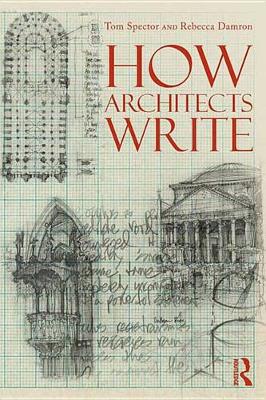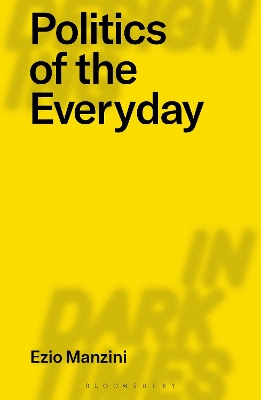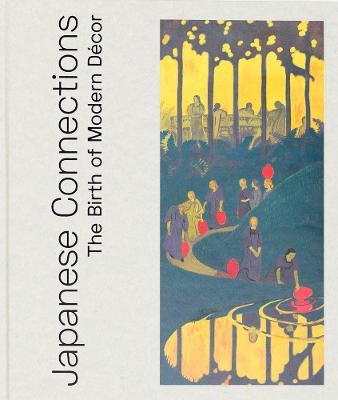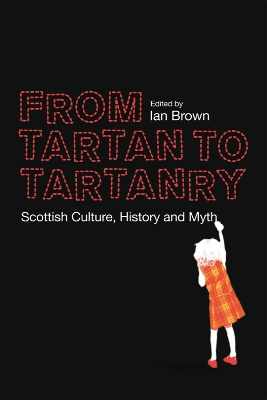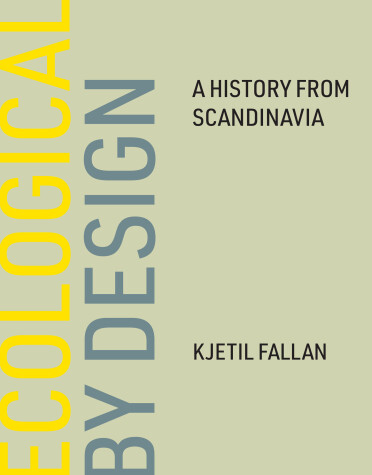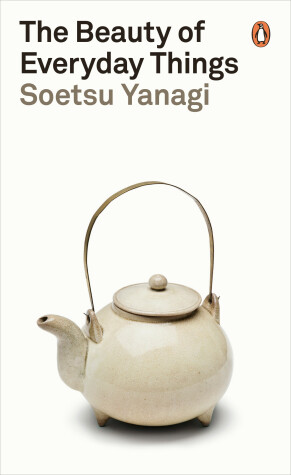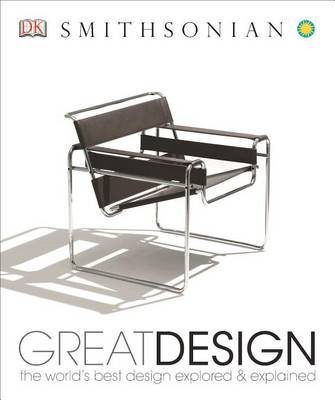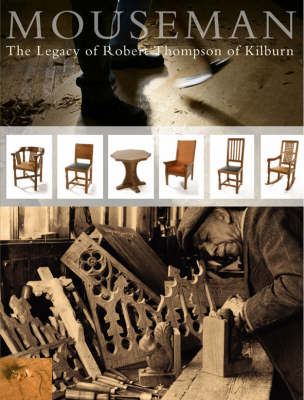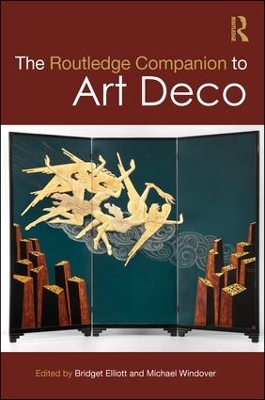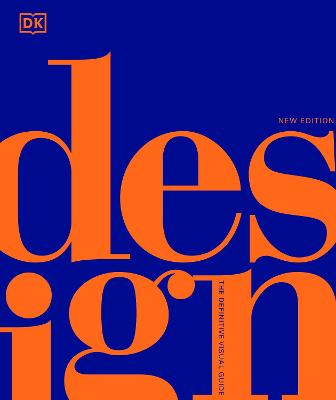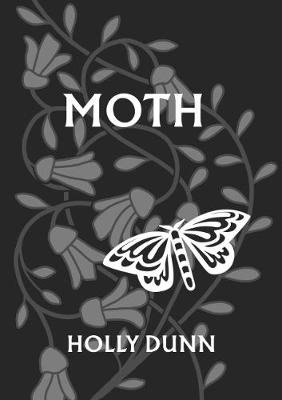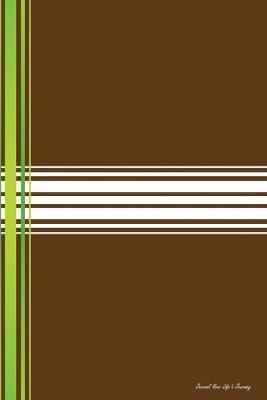This is the first writing reference book for designers. Whether you're an architect, landscape architect, interior designers, or an industrial designer How Architects Write shows you the interdependence of writing and design. Authors Tom Spector and Rebecca Damron present typical writing assignments and explain principles of effective writing by including examples of good form and illustrating common pitfalls. The book includes resources for how to write a designer's manifesto, statements of d...
Each of us develops and enacts strategies for living our everyday lives. These may confirm the general tendency towards new forms of connected solitude, in which we work, travel and live alone, yet feel sociable mainly by means of technology. Alternatively, they may help to create flexible communities that are open and inclusive, and therefore resilient and socially sustainable. In Politics of the Everyday, Ezio Manzini discusses examples of social innovation that show how, even in these diff...
Japanese Connections - The Birth Of Modern Decor
by Isabelle Cahn Ed.
From Tartan to Tartanry
An historically and critically sound - and contemporary - evaluation of tartan and tartanry based on proper contextualisation and coherent analysis. This critical re-evaluation of one of the more controversial aspects of recent debates on Scottish culture draws together contributions from leading researchers in a wide variety of disciplines, resulting in a highly accessible yet authoritative volume. This book, like tartan, weaves together two strands. The first, like a warp, considers the signif...
How ecological design emerged in Scandinavia during the 1960s and 1970s, building on both Scandinavia’s design culture and its environmental movement. Scandinavia is famous for its design culture, and for its pioneering efforts toward a sustainable future. In Ecological by Design, Kjetil Fallan shows how these two forces came together in the late 1960s and early 1970s, when Scandinavian designers began to question the endless cycle in which designed objects are produced, consumed, discarded, an...
From Baroness Tamara de Lempicka's last successful one-person show in San Francisco from 1941 to 1972, when the Galerie de Luxembourg in Paris hosted a retrospective of her works between 1925 and 1935, more than 30 years of silence passed over an artist who, between the two world wars enjoyed great notoriety and the favour of the haute societe: for her beauty and brilliant life, not less than for her portraits of aristocrats and the VIPs of the time and, more generally, for her painting. Tamara...
"Radical and inspiring ... Yanagi's vision puts the connection between heart and hand before the transient and commercial" - Edmund de WaalThe daily lives of ordinary people are replete with objects, common things used in commonplace settings. These objects are our constant companions in life. As such, writes Soetsu Yanagi, they should be made with care and built to last, treated with respect and even affection. They should be natural and simple, sturdy and safe - the aesthetic result of wholehe...
"The ultimate illustrated guide to more than 100 icons of international design from the everyday to the avant-garde, from the Barcelona chair and the Ekco radio to the Citroën DS and the iPad."--P. [4] of cover.
Robert Thompson, known as 'The Mouseman', of Kilburn, North Yorkshire (1876-1955) is widely regarded as having been one of this country's finest craftsmen of hand carved, traditional oak furniture. His life story is fascinating - a quiet man, who never moved away from the cottage in which he was born in his home village of Kilburn in North Yorkshire. Nonetheless, his work was discovered by leading architects of the day who commissioned major pieces for cathedrals, stately homes, and municipal bu...
The Routledge Companion to Art Deco (Routledge Art History and Visual Studies Companions)
Scholarly interest in Art Deco has grown rapidly over the past fifty years, spanning different academic disciplines. This volume provides a guide to the current state of the field of Art Deco research by highlighting past accomplishments and promising new directions. Chapters are presented in five sections based on key concepts: migration, public culture, fashion, politics, and Art Deco’s afterlife in heritage restoration and new media. The book provides a range of perspectives on and approaches...
These volumes present John Kinsella's uncollected critical writings and personal reflections from the early 1990s to the present. Included are extended pieces of memoir written in the Western Australian wheatbelt and the Cambridge fens, as well as acute essays and commentaries on the nature and genesis of personal and public poetics. Pivotal are a sense of place and how we write out of it; pastoral's relevance to contemporary poetry; how we evaluate and critique (post)colonial creativity and int...
Adversarial Design (Design Thinking, Design Theory) (Adversarial Design)
by Carl DiSalvo
In Adversarial Design, Carl DiSalvo examines the ways that technology design can provoke and engage the political. He describes a practice, which he terms "adversarial design," that uses the means and forms of design to challenge beliefs, values, and what is taken to be fact. It is not simply applying design to politics -- attempting to improve governance for example, by redesigning ballots and polling places; it is implicitly contestational and strives to question conventional approaches to po...
Celebrate the history of design with this stunning visual guide What makes a truly good design? This comprehensive reference guide explores the evolution of design through the key designers, manufacturers, objects and the movements they inspired - from the Arts and Craft movement to the digital age.Design is all around us, from the chairs we use at work, to the crockery we eat on and the cars we drive. The pages of this book are packed with fabulous images of objects, technology, prints, buildi...
What is the kimono? Everyday garment? Art object? Symbol of Japan? As Terry Satsuki Milhaupt explains in this book, the kimono has served all of these roles, its meaning changing across time and with the perspective of the wearer or viewer. Kimono: A Modern History begins by exposing the seventeenth and eighteenth-century foundations of the modern kimono fashion industry. It explores the crossover between 'art' and 'fashion' in this period at the hands of famous Japanese painters who worked wi...
This text examines the relationship between the built form and culture and serves as an introduction to thinking philosophically about design theory for students in interior design and architecture. Through a series of primary and secondary reading selections written by important architects, critics, and thinkers, students are introduced to paradigms and models for interpreting the built environment and encouraged to think on their own about their designs for the built environment. Readings and...
Journal Your Life's Journey
by Blank Book Billionaire and Journal Your Life's Journey

